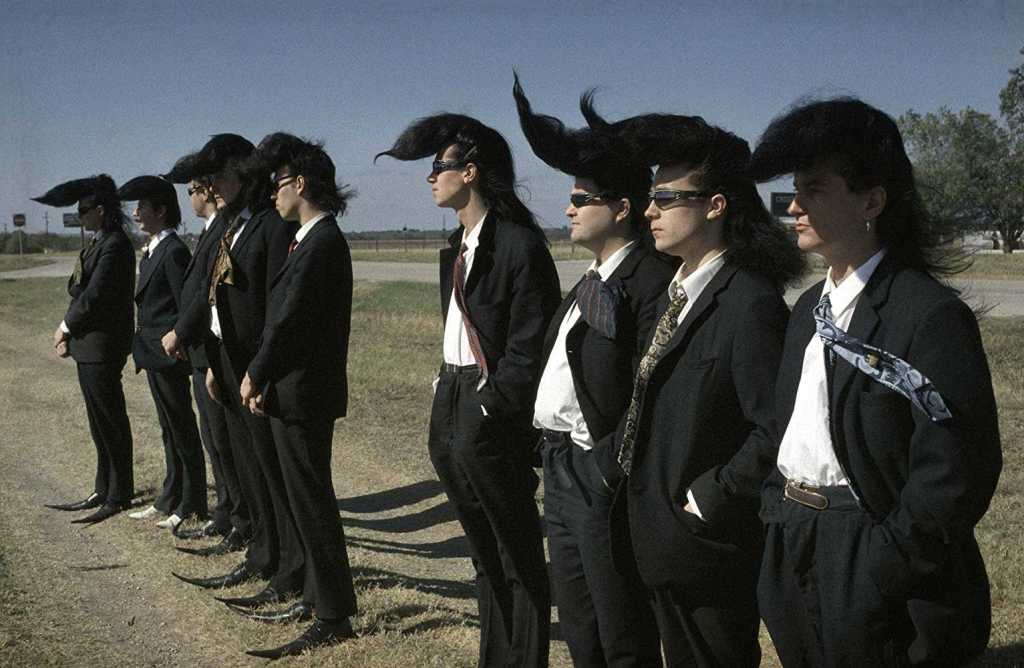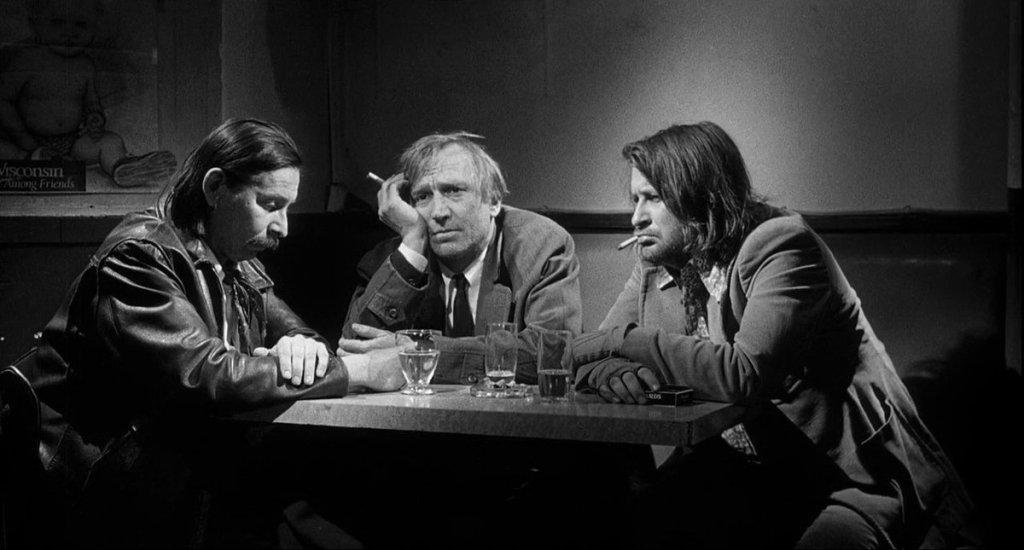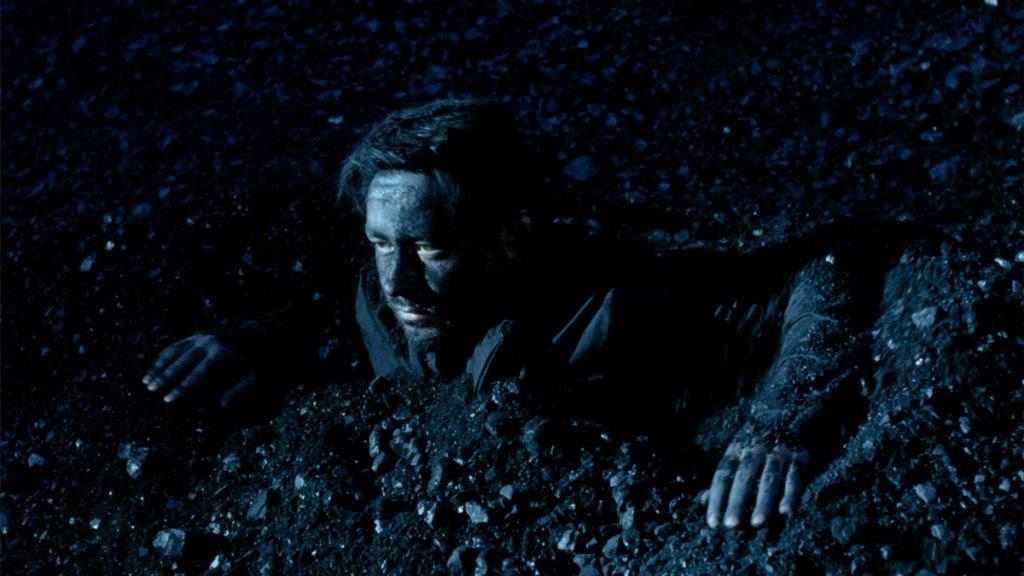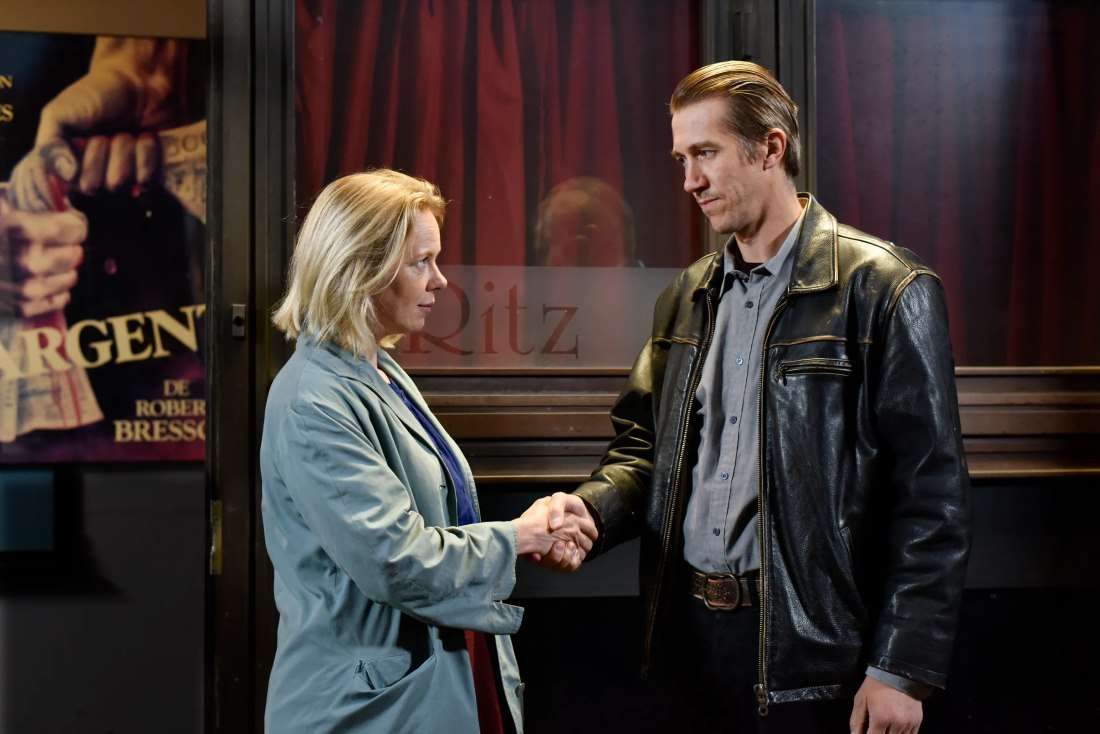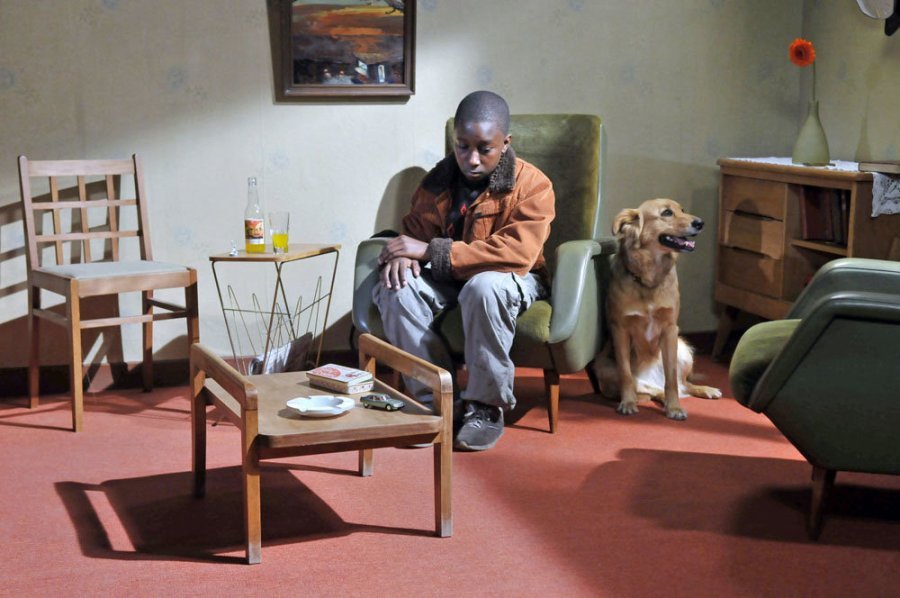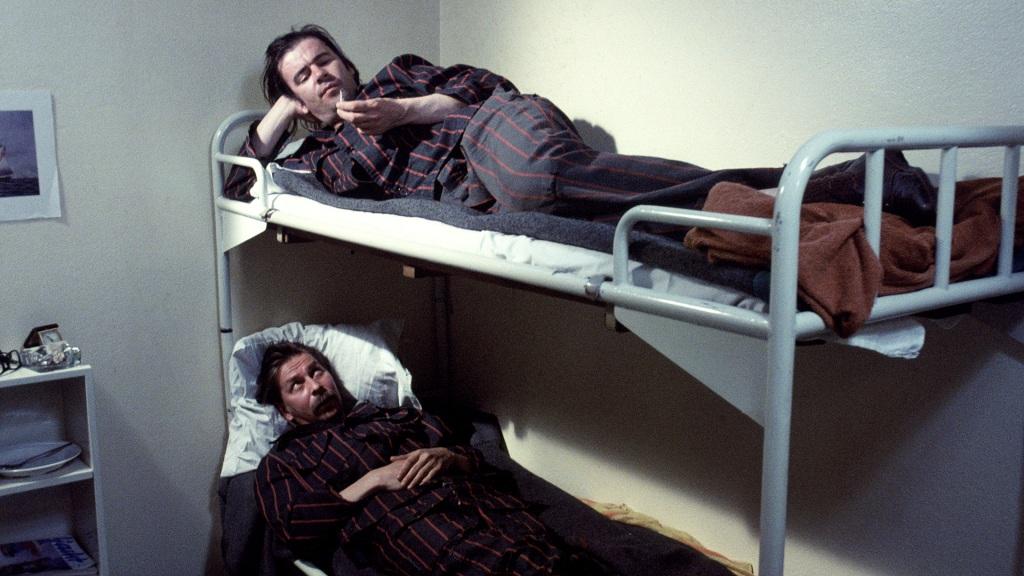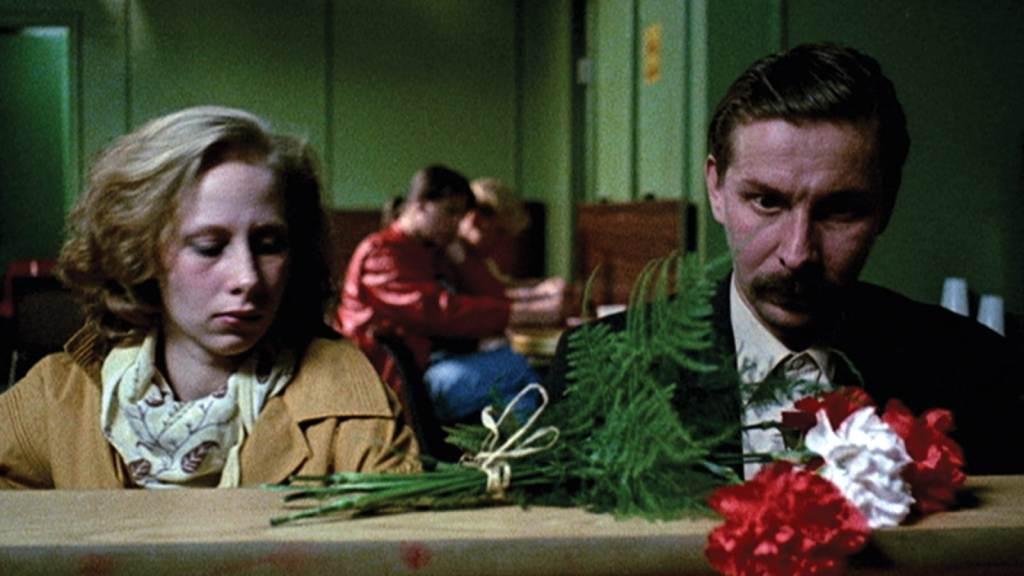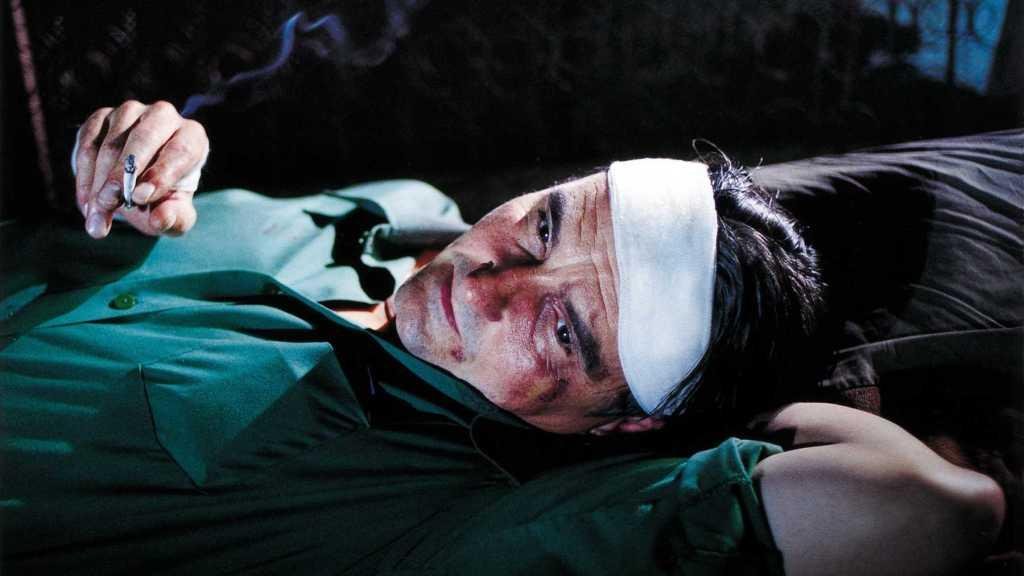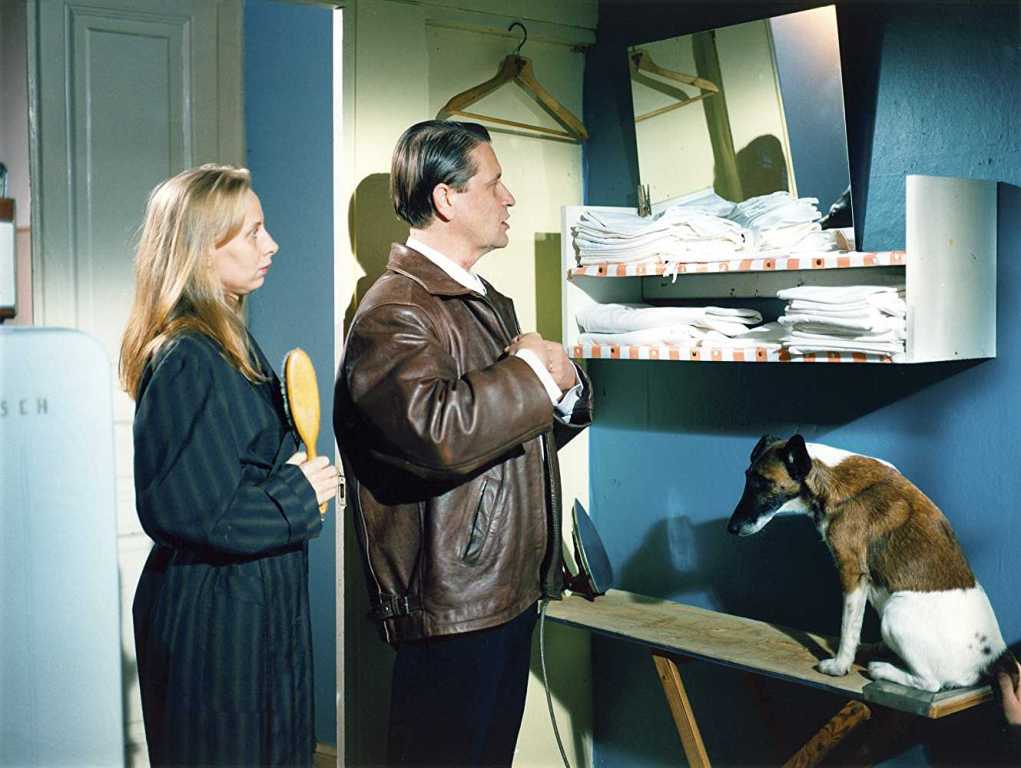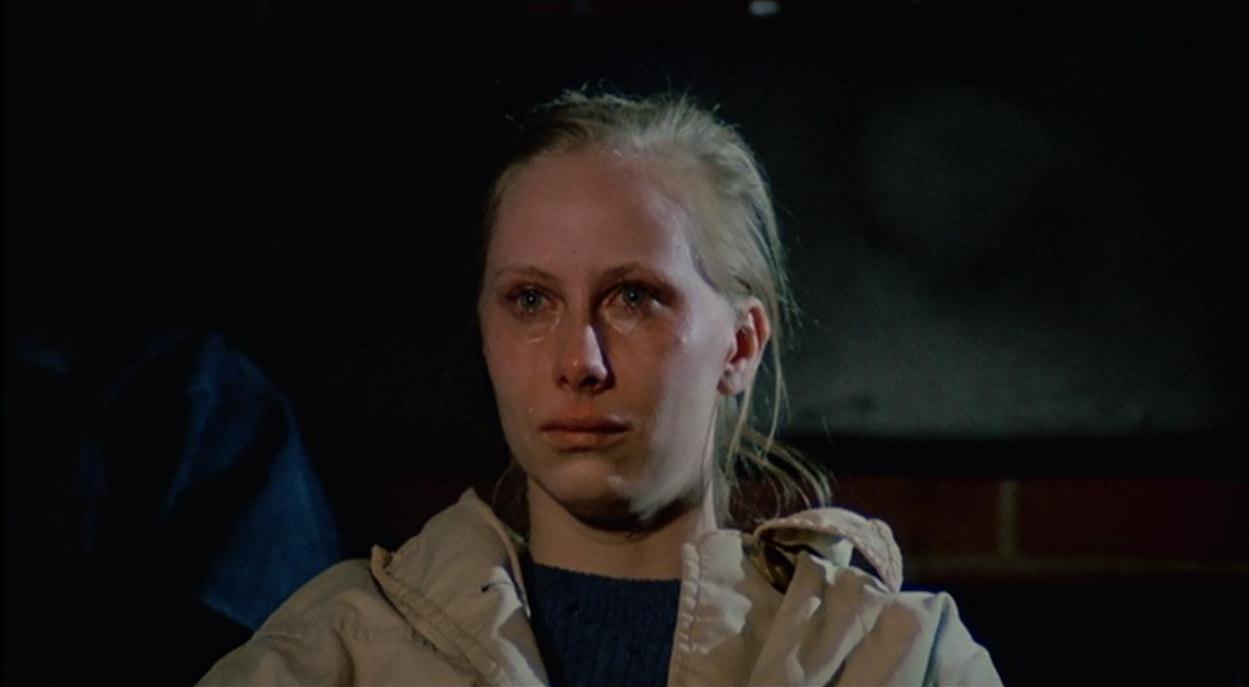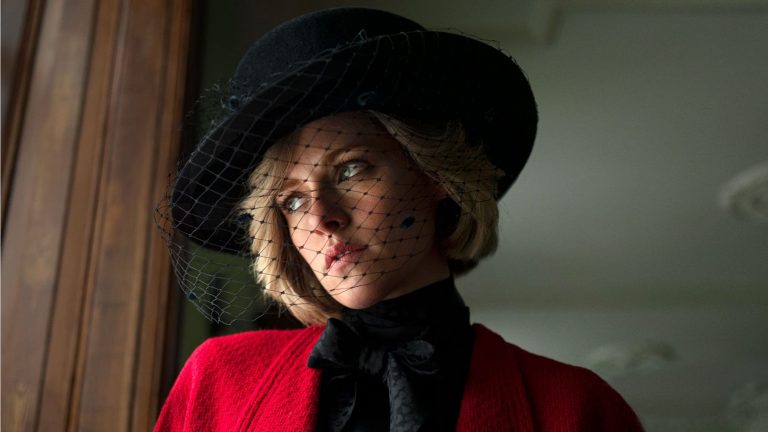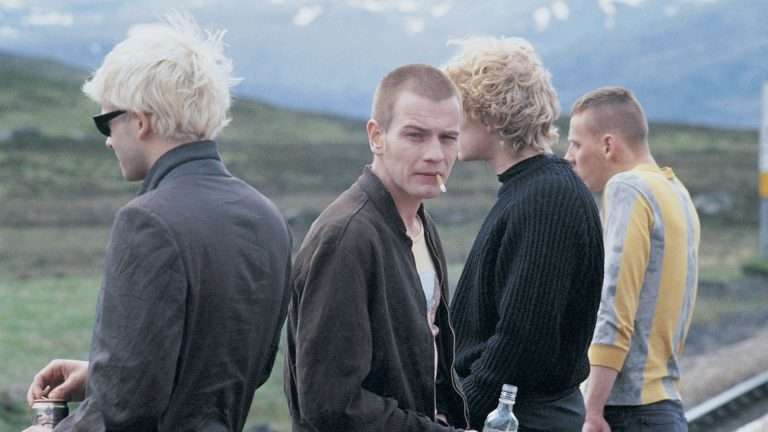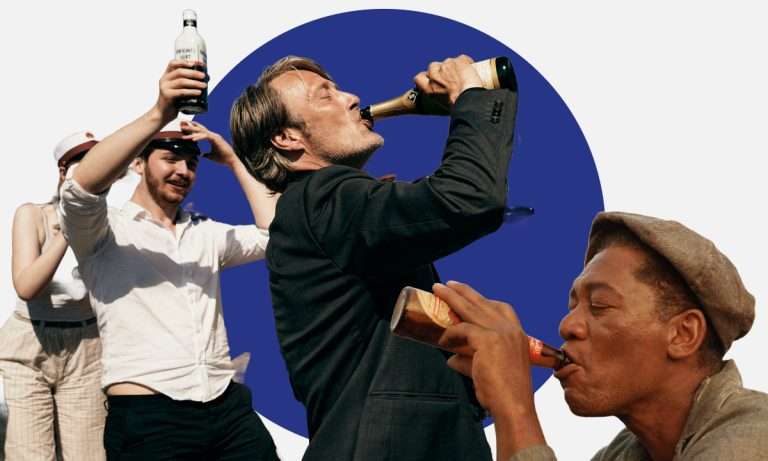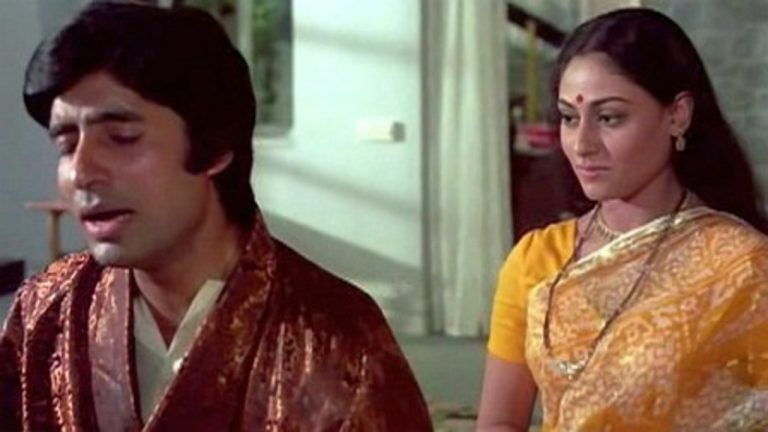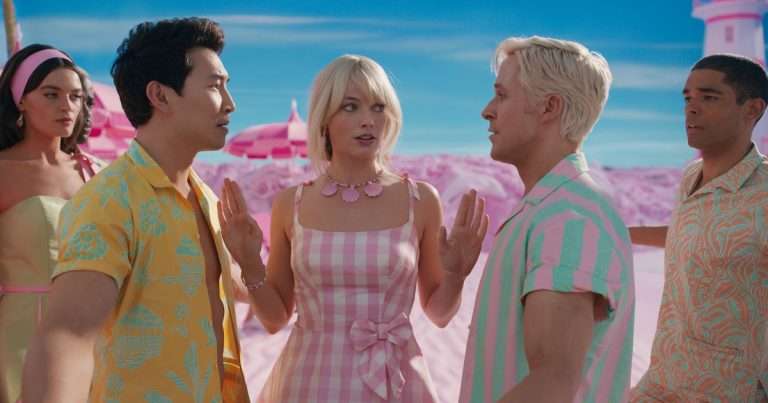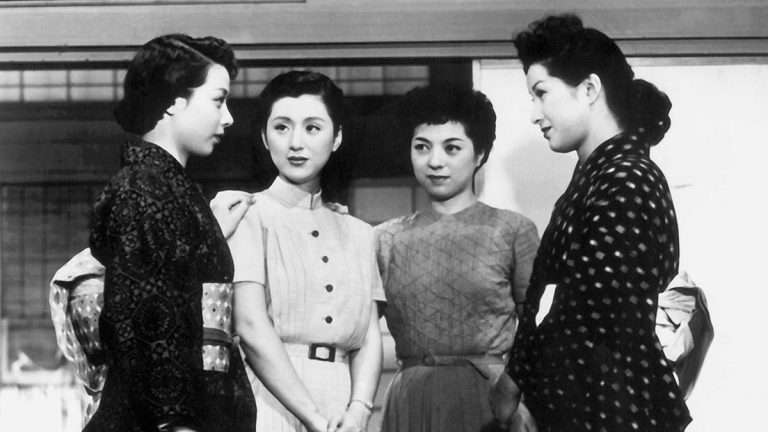Dive bars, cheap restaurants, battered vintage cars, cigarettes, booze, accordions, portable radios, adorable dogs, a bouquet of flowers, vinyl records, mixed music tracks (jazz, tango, rockabilly, etc.), acerbic irony, deadpan wit, Bressonian minimalism, Ozu-esque transcendence, heightened aesthetic realism, vivid ‘emotions-defining’ color palettes, ultra-cool existentialism, determinist view of industrialized society, singularly understated acting style, and detached yet humane, restless yet large-hearted humans – these are all the staple elements of Aki Kaurismaki cinematic universe. This prolific Finnish filmmaker weaves visual poems from the extremes of quotidian drabness.
Born in 1957, Aki Olavi Kaurismaki worked as a bricklayer, postman, and dishwasher long before pursuing his interest in cinema, first as a critic and later as a screenwriter & director. Kaurismaki started writing for his brother Mika Kaurismaki’s films, who co-founded their production company Villealfa. The arrival of the Kaurismaki brothers kickstarted a new era in Finnish cinema. The brothers also launched the annual five-day Midnight Sun Festival (in Sodankyla, Finland). Aki Kaurismaki made his directorial debut with the Helsinki-set adaptation of Dostoevsky’s “Crime and Punishment” (1983), followed by the unconventional road movie “Calamari Union” (1985), which first introduced audiences to the typical Kaurismakian blend of deadpan humor, absurdism, and wistfulness.
Recommended Read: Close-Up on Abbas Kiarostami: 10 Best Movies, Ranked
Aki Kaurismaki is often known for weaving pastiches from the forms of film-noir, early American gangster cinema, silent-era comedy and melodrama. He has also showered admiration and paid homage to the masters like Robert Bresson, Yasujiro Ozu, and Rainer Werner Fassbinder. Yet Aki Kaurismaki is more than a pastiche artist as his integrated stylistic notions itself gradually morphed into a highly idiosyncratic style. In other words, describing his films using typical cinematic vocabulary is difficult. Critics have also drawn parallels between Kaurismaki and American independent film-maker Jim Jarmusch, whose works are also characterized by affectless style and laconic humor (Jarmusch has paid tribute to Aki Kaurismaki’s works, particularly in “Night on Earth”).
Mr. Kaurismaki’s characters are essentially members of the working class—aloof and taciturn city-bred human beings with low expectations from life. His narrative foregrounds a tangible economic and social reality and finds a perilous balance between realism and fancifulness. The stakes might be modest in a Kaurismaki cinema, but the little gestures of dignity and human kindness witnessed in his oeuvre are a great source of comfort in this unfeeling world.
10. Leningrad Cowboys Go America (1989)
Aki Kaurismaki’s movies often see his characters moving beyond their confines to establish a new life. While in many narratives, it is the characters’ socioeconomic situation that demands such a move, in “Leningrad Cowboys Go America,” we see the members of a quirky Siberian rock band (sporting outlandish hairstyles) setting off to the US in search of fortune and fame. Publicized as a mix of “The Blues Brothers” (1980) and “This Is Spinal Tap” (1984), this hugely enjoyable fish-out-of-water comedy could serve as a fine introductory point to the strictly minimalist approach of Aki Kaurismaki. The film’s success led to an underwhelming sequel, “Leningrad Cowboys Meet Moses” (1994).
9. The Bohemian Life (1992)
Set in Paris, “The Bohemian Life” (“Le vie de boheme”) is based on Henri Murger’s novel, the third literary adaption in Kaurismaki’s oeuvre (the first two being “Crime and Punishment” and “Hamlet Goes Business”; later in 1999, Kaurismaki adapted a Finnish literary classic for his silent film, “Juha”). The tragicomedy tells the story of three impoverished, down-on-their-luck artists in the bohemian 1960s. Kaurismaki regulars play the three artists: Matti Pellonpaa as an Albanian painter, Kaari Vaananen as an avant-garde composer, and Andre Wilms as a writer. As usual, Kaurismaki weaves a tender-hearted tale through his vividly drawn characters. However, despite accommodating his signature touches, “The Bohemian Life” isn’t an easily identifiable Kaurismaki feature.
Similar to 10 Essential Aki Kaurismaki Films — The 10 Best Ken Loach Films
8. The Other Side of Hope (2017)
Unlike “Le Havre” (2011), “The Other Side of Hope” entirely unfolds from the perspective of a young Syrian stowaway named Khaled Ali (Sherwan Haji). The Syrian goes underground in Helsinki when his application for political asylum is rejected. After evading the authorities and a small gang of right-wing nutcases, Khaled is rescued by Wikstrom (Kaurismaki regular Sakari Kuosmanen), a shirt salesman turned restaurant owner. He gives Khaled a job at The Golden Pint and a place to sleep. Displaying a Chaplin-esque blend of social observation and comedy, “The Other Side of Hope” is a story about solidarity and acceptance told with fairy-tale optimism.
Related to Aki Kaurismaki Films –
7. Fallen Leaves (2023)
Gentle, funny, and sweetly romantic are perhaps not the words we reach for while witnessing the minimalistic aesthetics, muted palette, and reticent characters of Finnish auteur Aki Kaurismaki. Yet, over the years, Kaurismaki’s works have become increasingly humane and heartwarming, and they elegantly inject feel-good elements into the droll atmosphere. The auteur’s twentieth feature film, “Fallen Leaves,” is a romance comedy packed with all the usual Kaurismaki-ian flavors, i.e., from deadpan comedy to delightful visual punches. The film follows Ansa (Alma Poysti), a low-wage supermarket worker, and Holappa (Jussi Vattanen), a depressed metalworker with a drinking problem.
The pair meet at a karaoke bar and go on a movie date (Jim Jarmusch’s “The Dead Don’t Die”), but Holappa loses Ansa’s phone number as soon as he receives it. What follows is the couple navigating their dreary, obstacle-filled path to romance. As one can expect from a Kaurismaki flick, “Fallen Leaves” is full of irony and playful humor. The film also has the familiar Kaurismaki-ian themes like social isolation, despair, loneliness, and the desire for love. Like his immigration-themed comedies and mention of The Tiananmen Square protests in “The Match Factory Girl,” Kaurismaki’s microcosmic tales are also concerned about the alarming events in the outside world. In “Fallen Leaves,” the atmosphere of despair is further elevated by the radio news reports of Russia’s invasion of Ukraine.
6. Le Havre (2011)
“Le Havre” is Kaurismaki’s first in the proposed trilogy of films about refugees. Set in the eponymous coastal town, the story follows a young African boy named Idrissa (Blondin Miguel) who escapes from a cargo container destined initially for London. An old gentleman named Marcel Marx (Andre Wilms) provides shelter to Idrissa and protects him from a relentless inspector (Jean-Pierre Darroussin). Mr. Marx works as a shoe-shine and remains devoted to his ailing wife (Kati Outinen). Like his earlier proletarian fantasies, “Le Havre,” made with the same Kaurismakian austere compositional sense, muses about solidarity, aging, perseverance, and love through the theme of illegal immigration.
5. Ariel (1988)
“Ariel” is the second film in the ‘Proletariat Trilogy,’ which chronicles the life of an unemployed working-class protagonist, Taisto (Turo Pajala). He is a mine worker whose job was made redundant after its closure. Soon, Taisto is given a Cadillac convertible by a colleague (who subsequently blows his brains out), and he heads for Southern Finland after withdrawing his life savings. Of course, the unemployed miner gets caught in the cycle of misfortune before receiving a sense of personal fulfillment. Featuring a sense of hilarity constantly shadowed by profound sadness, “Ariel” finds Kaurismaki creating a poetic narrative rhythm through repetition and intertextuality.
Related to Aki Kaurismaki Films – Ariel [1988] – A Distinctively Bittersweet Drama from the Minimalist Master
4. Shadows in Paradise (1986)
“Shadows in Paradise” is one of the early Kaurismaki films that laid bare the ridiculousness of contemporary life. It tells the awkward yet endearing love story of Nikander (Matti Pellonpaa), a garbage truck driver, and Ilona (Kati Outinen), a supermarket checkout operator. Their marginal social position and feelings of world-weariness remain the spoilsport in their relationship. Kaurismaki reaches a peak in his expression of caustic irony in the allegedly hopeful final scenes as he shows the lovers taking a cold-war era Soviet cruise to flee from their morose surroundings. “Shadows in Paradise” is considered the first installment in the directors’ ‘Proletariat Trilogy,’ and it was featured in the 1987 Cannes Directors’ Fortnight. Read the complete review of “Shadows in Paradise” here.
Also Read: Stranger than Paradise (1984) — A Charmingly Low-Key Classic of American Indie Cinema
3. The Man Without a Past (2002)
In this second installment of ‘Finland Trilogy’, a man only labeled as M (Markku Peltola) is viciously attacked immediately after he arrives in Helsinki. Although he is declared dead, he wakes up and leaves. Having lost his memory, a family living amidst the discarded shipping containers takes him in. He begins to find his place in the marginalized society and also initiates a tentative romance with Irma (Kati Outinen), a straight-faced Salvation Army worker. “The Man Without a Past” is Kaurismaki’s most successful feature, winning Grand Prix at the Cannes Film Festival and getting nominated for a Foreign Language Oscar (though Kaurismaki boycotted the event as a protest against the US war in Iraq). Besides “Drifting Clouds,” this film is the best example of how the filmmaker employs color to signify the density of emotions at play.
2. Drifting Clouds (1996)
“Drifting Clouds” was made at a time when Finland was reeling from the recession, the unemployment situation looking unbelievably dismal. A middle-aged couple, played by Kaari Vaananen and Kaurismaki regular Kati Outinen bears the brunt of this economic crunch as they both lose their jobs. Distilled to its barest essence, Kaurismaki’s gloriously effective minimalist aesthetics filters out touching humanism from the melodramatic narrative. The film was made a year after the sudden death of Kaurismaki’s friend and frequent collaborator Matti Pellonpaa, and the director pays a hefty homage to the actor through a sublime Bressonian ‘signifier’ shot (a child’s photo!). “Drifting Clouds” is also the first installment in the brilliantly austere ‘Finland Trilogy.’ Read the complete review of “Drifting Clouds” here.
1. The Match Factory Girl (1990)
Aki Kaurismaki reaches the peak of his artistic expression in this quietly brutal story of an utterly friendless girl (of course, played by Kati Outinen), a fictional counterpart to “Mouchette” and “Jeanne Dielman.” Within a running time of 69 minutes and a narrative containing only twenty-four lines of dialogue, the filmmaker masterfully draws you into its rhythms and totally inhabits the protagonist’s world of quiet desperation. Even though “The Match Factory Girl” is touted as Kaurismaki’s most depressing film (ending with an anarchic act you’d never forget), he still dispenses the deadpan wit, furnishing more shades to the gloomy gravitas. The film also sees Kaurismaki perfectly utilizing songs to express the feelings frozen within the titular misfortunate girl (“When you give everything only to find disappointment, the burden of memories gets too hard to bear”, goes a melancholic love song).
“The Match Factory Girl” (the 3rd film in the ‘Proletariat Trilogy’) is clearly an iconic movie in Kaurismaki’s oeuvre. Its acting, writing (totally devoid of Kaurismaki’s flippant hilarity), and distinct mise en scene are all admirably restrained. When an oppressive economic system treats the marginalized as matchsticks on a vast production line, what can one do?
Read the analysis of The Match Factory Girl here.


